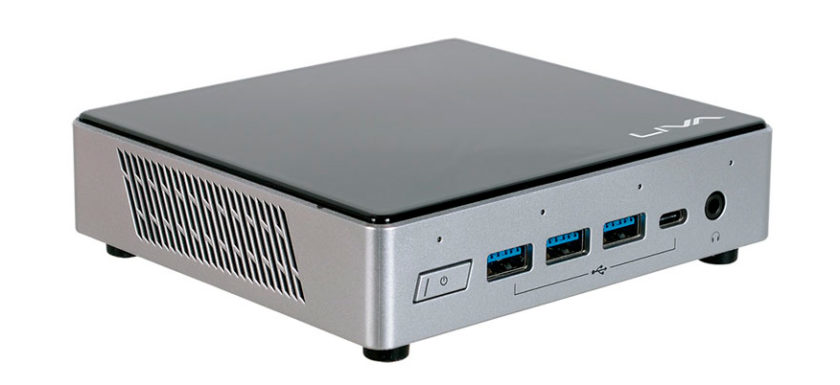Fill form to unlock content
Error - something went wrong!
Your content is just a step away. Please submit below.
Thank you!
Software Robots Improve Process Automation, Business Ops

Today’s robots aren’t confined to the factory floor. Using robotic process automation (RPA), industries from financial services and insurance to real estate and medicine automate routine office tasks, increasing productivity, and saving businesses time and money. As this hot market grows, it creates new opportunities for systems integrators to provide customized solutions.
The modern workplace abounds with efficiency-promoting technology. Dozens of apps are available for automating tasks like instant messaging, time management, project management, and collaboration.
Yet knowledge workers still spend much of their time on dull, repetitive tasks like filling out forms or hunting for information across databases. By delegating these tasks to software robots, they can focus on more meaningful work for human resources, becoming more productive and driving the business forward.
“Digital transformation is not just about moving paper-based content to electronic files and using a mouse and keyboard,” says Timothy Huang, Deputy Manager of Business Development at electronics manufacturer Elitegroup Computer Systems Co., LTD. “Computers are powerful machines. By running AI algorithms, they can not only organize work but get it done.”
Software Robots Boost Productivity
Offices are full of tasks that robots can take over. Software robots can fill out purchasing orders, track shipments, run tax calculations, and transfer funds. They can vet employees, locate key data, and process payrolls. “In any kind of company, there are many repetitive jobs RPA can take over,” says Jeff Lin, director of TPI Software, which makes RPA solutions.
The jobs that companies assign to their software robots depend on their industry.
For example, finance and insurance are heavily regulated industries that require extensive documentation, such as Know Your Customer (KYC) regulations. Robots can jump across government and third-party websites at lightning speed, gathering information to meet the KYC regulations financial authorities require to prevent money laundering and fraud.
Using the SysTalk.RPA (Robot Process Automation) solution—developed in partnership by Elitegroup and TPI Software—usernames and passwords can be automatically input to enter these websites. A computer vision module included in the solution enables it to successfully navigate CAPTCHA codes as well. “Our software can reduce the time workers spend on KYC by 40%,” Lin says.
Robots can also save time for busy IT administrators flooded with help desk tickets. Instead of contacting employees experiencing problems, they can use an RPA virtual assistant to guide them through simple tasks, resolving issues without human involvement.
Using robots for IT tasks became particularly useful during the pandemic, when employees began working from home and using unfamiliar applications outside of normal business hours, when human support was unavailable.
Choosing the Right RPA Bots for Workflow Automation
Because company work processes are unique, RPA solutions must be tailored to each job. SIs can work with their customers to help them get started. Step one is identifying bottlenecks and pain points, and designing SysTalk.RPA workflows to solve them.
The workflows are loaded onto Elitegroup LIVA Z3 Plus computers, which use Intel® Core™ processors to run the automations. The palm-size computers can run dozens or even hundreds of workflows, simultaneously, sequentially, or both.
“Maybe at 8:00, one workflow will collect marketing data from Yahoo or Facebook, then at 9:00 it will switch to generating information in the ERP system,” says Huang.
Companies typically deploy a dozen or more LIVA Z3 Plus devices, each one running automations for a specific work group. Employees don’t need to lift a finger to start the workflows, which are timed to begin and end their tasks at set intervals—or run continuously, depending on the job.
The compact machines — measuring just 117 x 128 X 35 millimeters (Figure 1) — are designed to hide behind computer monitors, where they won’t distract workers.

“They operate silently, without a keyboard or a mouse, and nobody even realizes they are working. That is the point of an RPA system,” Huang says.
Because software robots never sleep, once workflows are set, they can operate at scale around the clock. For large projects, the results can be dramatic. @ECS_GlobalHQ
Error-Free Scaling Automation Capabilities
Because software robots never sleep, once workflows are set, they can operate at scale around the clock. For large projects, the results can be dramatic.
An Electronic Manufacturing Services company (EMS), for example, needed to transfer HR data for its 10,000 employees from Excel spreadsheets to a new software program. Managers expected to employ 10 people for at least 10 workdays to complete the task. Instead, SysTalk.RPA did the job in a single day.
Equally valuable, the robot’s work was error-free. “When humans transfer a lot of data, there are always typing errors,” Lin says.
The company didn’t want important employee ID information entered incorrectly, so it had originally planned to have the employees check one another’s work for mistakes. RPA made that unnecessary. “The job the machine did was perfect,” Lin says.
Chatbots for Customer Service and Sales
In addition to eliminating drudge work, companies can use RPA to assist online customers. TPI SysTalk.Chat uses natural language processing and machine learning to decipher website visitors’ questions and provide personalized answers, sometimes referring them to other company sites for additional information.
The chatbots also capture customer sessions and email addresses, sending sales representatives effortless leads. Because they operate across time zones, chatbots are especially useful to companies with worldwide operations.
The experience of a Taiwan-based global bank shows how powerful the combination of AI chatbots and automation can be in transforming operations. Three employees were spending an average of 42 days to compile and edit lists of potential loan customers gleaned from company websites. After adopting SysTalk.Chat, the bank was able to gather this information in the course of three days, cutting employee work time in half.
Choosing the Right RPA Software
Businesses often begin with RPA by replacing simple legacy processes, adding more complex automations when they see the time and money they save.
A Taiwan real estate company used SysTalk.RPA to replace the rote work of one full-time marketing assistant, who spent three hours each day compiling information for marketing reports. Robots accomplished the task in 30 minutes, freeing the interns to learn about the business and engage in more substantive work.
After success with its first venture, the company broadened the scope of its RPA, and had the IT department implement SysTalk.Chat to create a virtual home search assistant for customers.
For many companies, RPA tools serve as a springboard to still more advanced digital technologies, such as big data analytics and predictive maintenance, Huang says. “When businesses see the many jobs RPA can do, it leads them to explore other opportunities to make themselves more competitive using digital tools.”
This article was originally published on June 3, 2021
This article was edited by Christina Cardoza, Editorial Director for insight.tech.